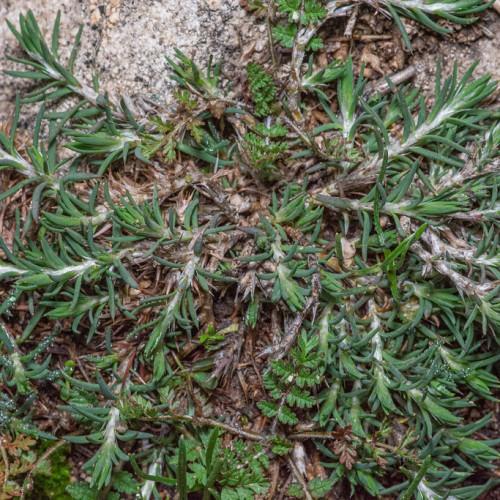
Sandmat
Cardionema ramosissimum
Watering:
Minimal
Hardiness Zone:
Sun:
full sun,part shade
Leaf:
Yes
Growth Rate:
Low
Poisonous To Pets:
Yes
Drought Tolerant:
Yes
Salt Tolerant:
Yes
Invasive:
Yes
Care Level:
Medium
watering
Purple Bittercress requires regular but moderate watering. During the growing season (spring and summer), water weekly to keep the soil moist, but not soggy. During hot and dry weather, you may need to water more frequently. In winter, water only enough to keep the soil from drying out completely.
sunlight
Sunlight is essential for Purple Bittercress (Cardamine purpurea) to thrive. This species of plant prefers full sun to partial shade. When grown in full sun, the plant should receive about 6 to 8 hours of direct sunlight per day. In partial shade, it needs about 4 to 6 hours of sunlight a day. If it receives too much sunlight or too little sunlight, it may not grow properly. When the plant gets too much sunlight, its leaves and stems can become scorched or withered due to sunburn. Too little light can cause the plant to become weak and lack vigor. Too much shade can also reduce the amount of flowers produced. It is best to provide Purple Bittercress with consistent, even sunlight to ensure the best results.
pruning
Purple Bittercress should be pruned in late spring or early summer once the flowering period is over. The amount of pruning will depend on the desired look of the plant and how quickly it is growing. Generally, it is a good idea to remove the old flower stalks and the lower leaves to help promote new growth and keep the plant compact. To keep the Purple Bittercress from becoming leggy or overgrown, it is also important to thin out any dense growth or remove any spindly branches that are crossing the main frame of the shrub. This will also help to encourage more flowering.
